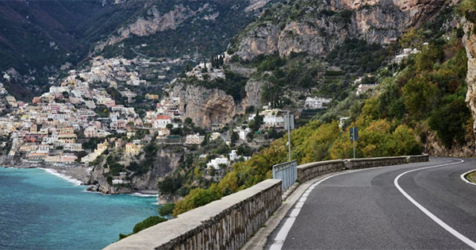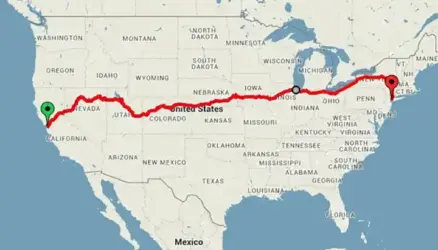Your Winter Yosemite Travel Guide — Skiing, Snowshoeing, and the Epic ‘Firefall’

Warm weather may entice the majority of Yosemite National Park visitors, but those who visit this outdoor adventure destination in the winter will find an increasingly rare reward: low crowds.
“Winter here is quieter; it’s a really magical time, especially when there’s snow on top of Half Dome or the falls,” Scott Gediman, Yosemite public affairs officer said. Gediman has been a Yosemite ranger for over 25 years. “It’s really special if you have a good vehicle, tire chains, and you’re prepared [for the weather] — plus, a lot of people don’t even think about coming this time of year.”
While Yosemite has a few seasonal closures, it is open all year and offers cold-weather activities such as skiing, snowshoeing, and ice skating. From the best hikes and views to important safety precautions, here are nine things to know before visiting Yosemite in the winter.
Most trails are still open
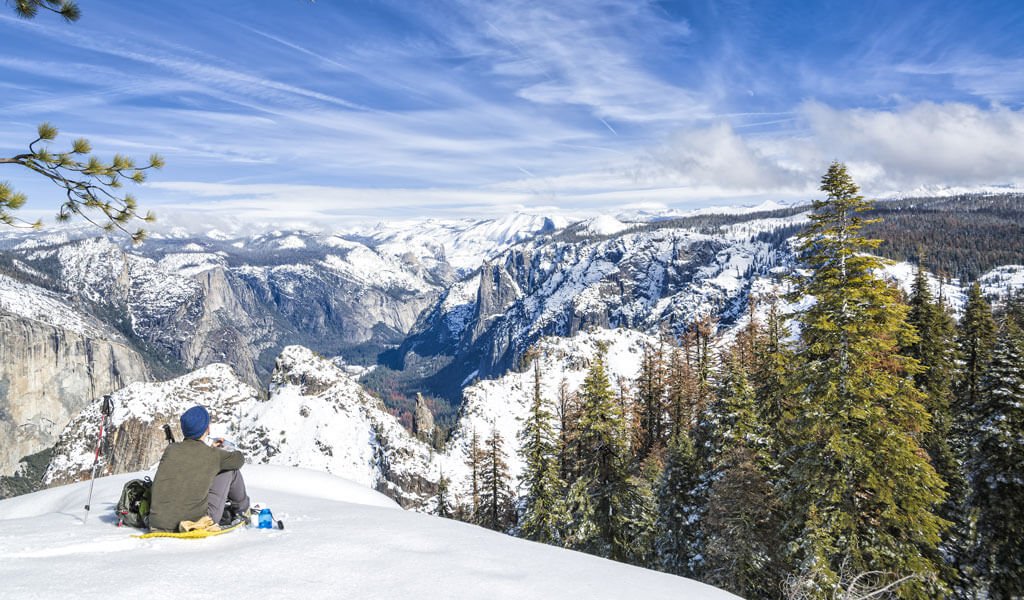
Winter backpacking in Yosemite can be challenging; it frequently necessitates the use of skis or snowshoes, as well as serious route-finding skills. “We have more search and rescues with snow in the backcountry because people lose the trail,” Gediman explained. With that in mind, it’s critical to understand and respect your own and others’ limits.
What’s the good news? The majority of Yosemite’s milder day hikes remain open and accessible throughout the off-season. According to Travel Yosemite, some of the most scenic winter hikes in Yosemite include the one-mile, wheelchair-accessible Lower Yosemite Fall path, the two-mile round-trip route to Mirror Lake, and, for a longer challenge, the 11.5-mile Yosemite Valley Loop.
Traveling by car? Make use of snow chains
To get to Yosemite in the winter, you’ll need more than a four-wheel-drive vehicle. Tire chains are required by federal law in the winter, regardless of vehicle type. According to the National Park Service website, this includes snowy or icy road conditions. (Rental cars do not qualify.) From November to March, visitors should expect the tire-chain rule to be enforced.
Layers should be packed
During the winter, the weather in Yosemite is anything but consistent. “Be ready for anything,” Gediman advised. “Be prepared for rain or snow, but keep in mind that it could also be a balmy 50 degrees.” In addition to layers, bring gloves, water, a flashlight, a portable phone charger, and other supplies in case you get turned around and have to stay out longer than expected.
Consider snowshoeing or skiing
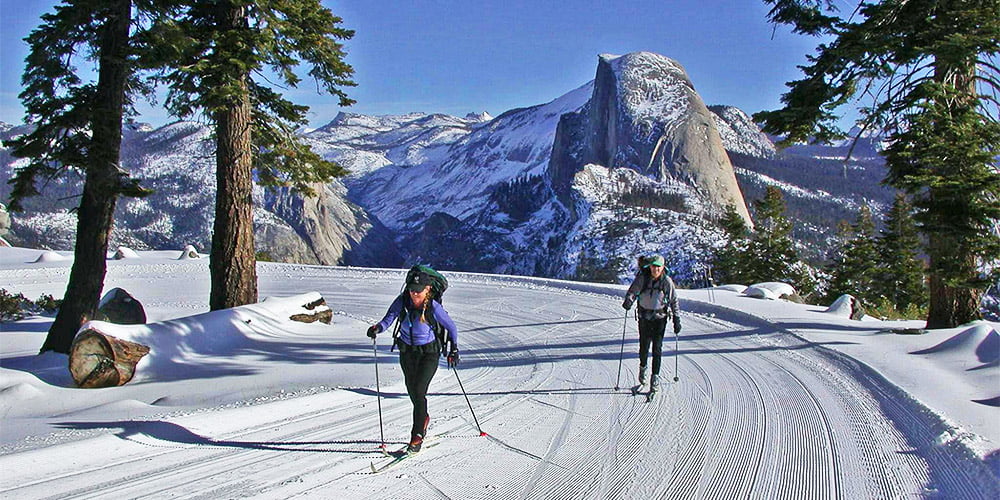
Many visitors come to see Yosemite by hiking, but the park’s winter activities include snowshoeing and skiing. The main winter adventure hub is Badger Pass Ski Area, which offers downhill and cross-country skiing, snowboarding, and tubing (depending on snow). Throughout the winter, rangers lead short snow sport excursions such as snowshoeing, according to Gediman.
Curry Village ice skating

Ice skating is a long-standing park tradition at Yosemite’s Curry Village. The family-friendly attraction, which includes views of Half Dome and cozy fire pits, typically opens in mid-November, weather permitting. According to Travel Yosemite, tickets are available on a first-come, first-served basis and are sold 15 minutes before each session.
Horsetail Falls “firefall”

“Firefall” is one of the most popular winter events in Yosemite. This natural phenomenon occurs when the sun illuminates Horsetail Fall (on El Capitan’s east side), creating the illusion of a stream of rushing fire. The park has established rules to control “firefall” crowds, including a restricted viewing zone from Yosemite Valley Lodge to the El Capitan Crossover. According to the National Park Service, you can get this view in late February if the conditions are right.
Yosemite wildlife
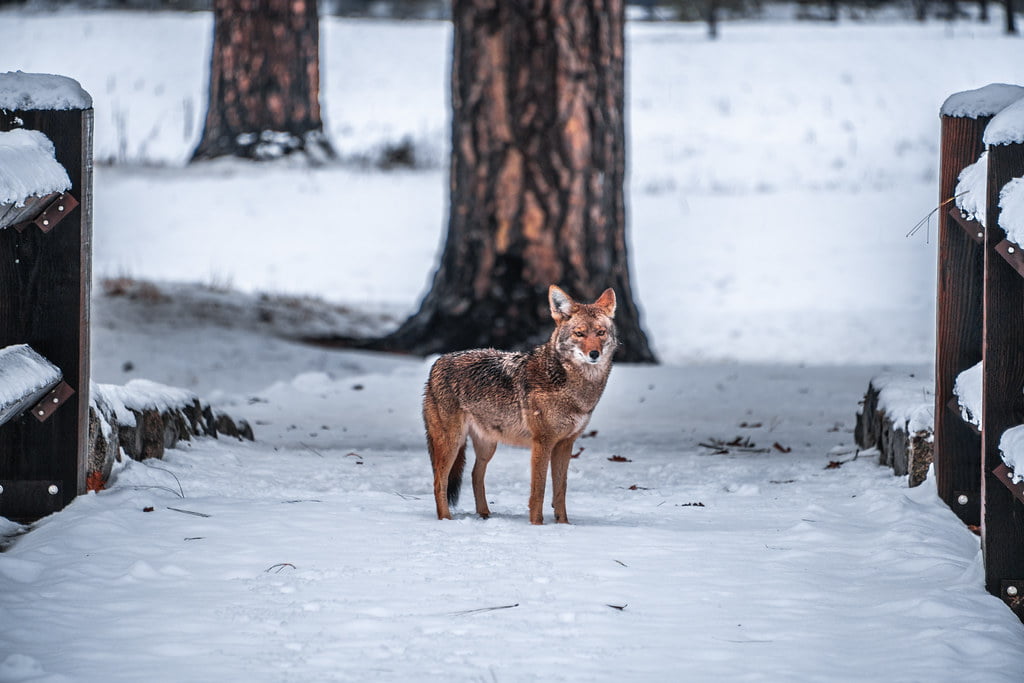
Yosemite is home to a diverse range of animal species, including show-stopping species such as the black bear, Sierra Nevada red fox, mountain lion, and deer. Many of these animals can be seen all year, but according to Gediman, winter is the best time to spot the elusive bobcat. Gediman has noticed an increase in bear numbers since high-season visitation permits were issued in 2022.
Keep track of winter closures
The park and its visitor centers in Yosemite Valley and Wawona are open all year, with the exception of a few seasonal closures. According to the National Park Service, Tioga Road typically closes in November; during this time, vehicles cannot travel between Crane Flat and Tioga Pass. During this time, the road up to Glacier Point is also closed to vehicles. To stay informed, visit the park’s alerts page.
Avoid the cold by visiting a park museum

Make a note of museums in and around Yosemite for a quick break from the cold. The Yosemite Museum, which is open all year, exhibits the culture of the park’s early Indigenous inhabitants, including the Miwok and Paiute people. Photographers and nature lovers will also enjoy The Ansel Adams Gallery, an exhibition featuring the best work of the renowned landscape photographer. It is open all year, but is closed on Thanksgiving and Christmas.














